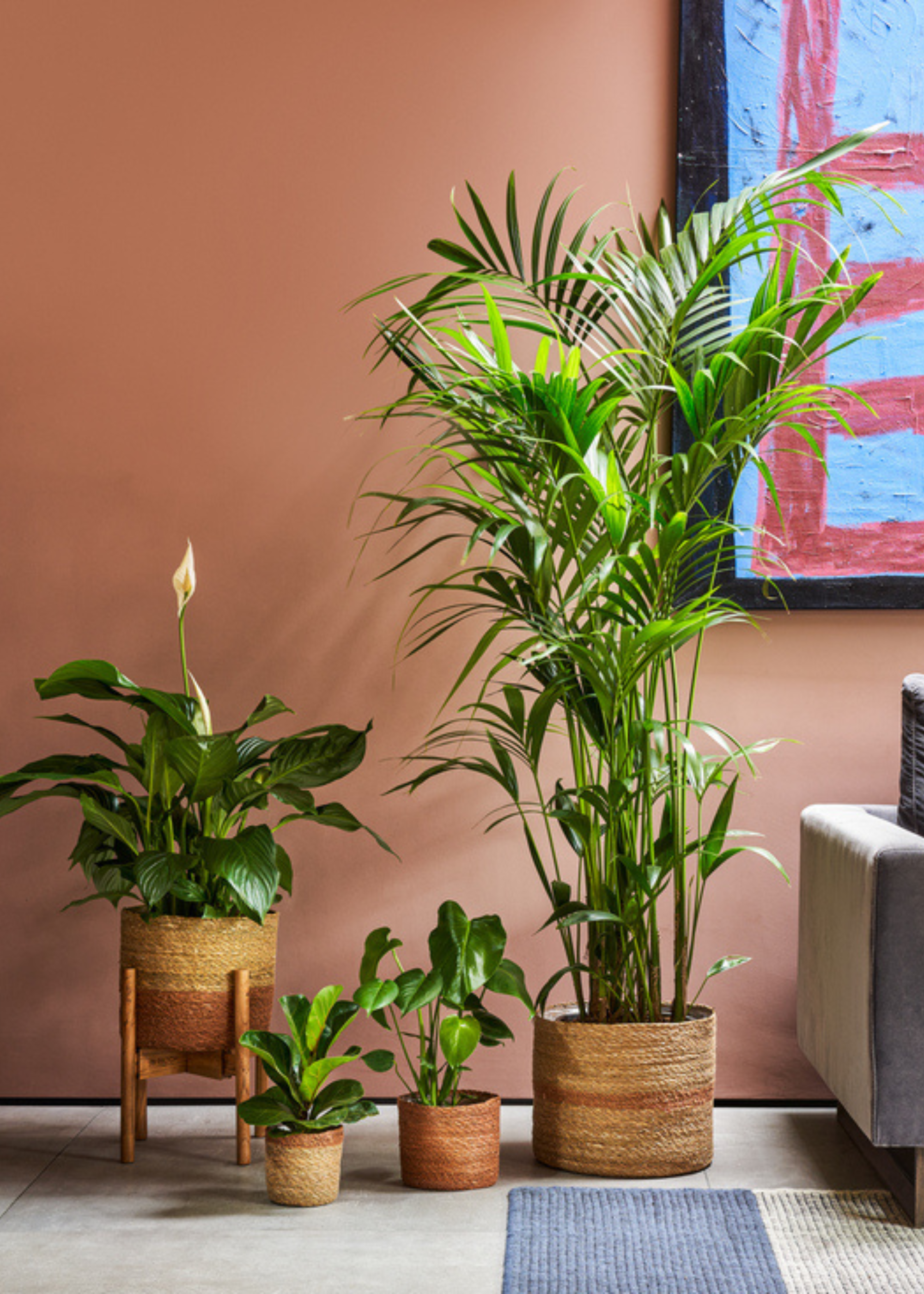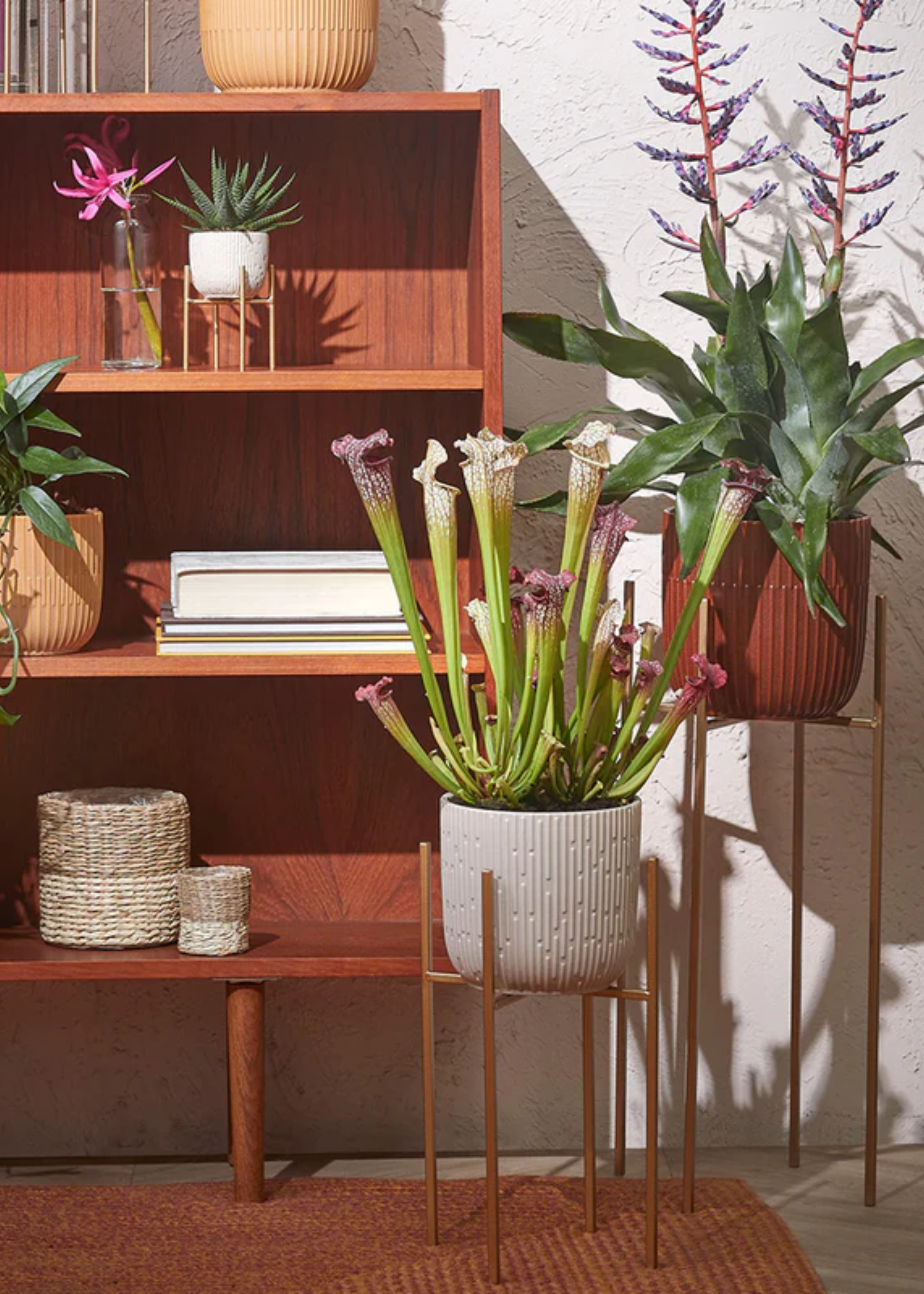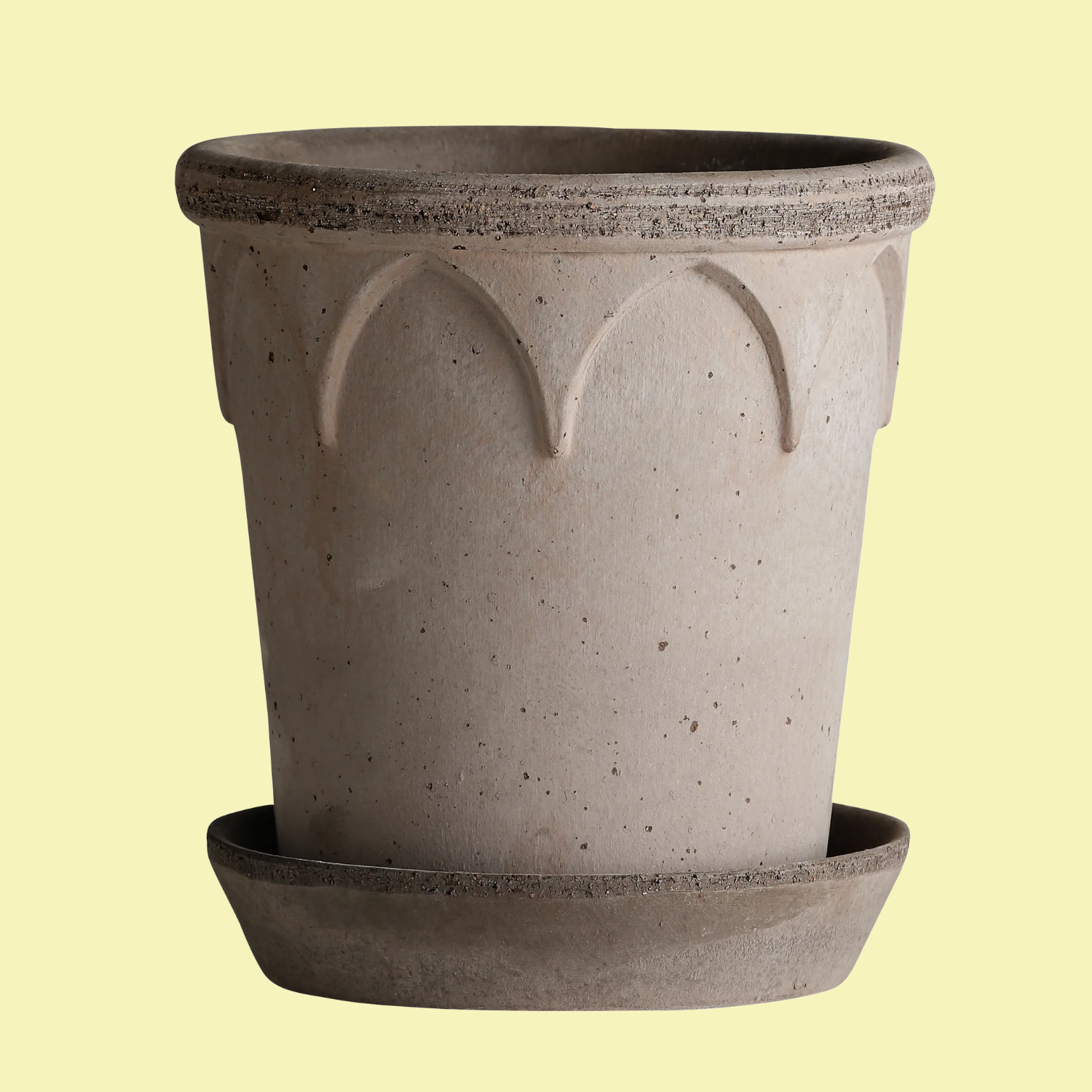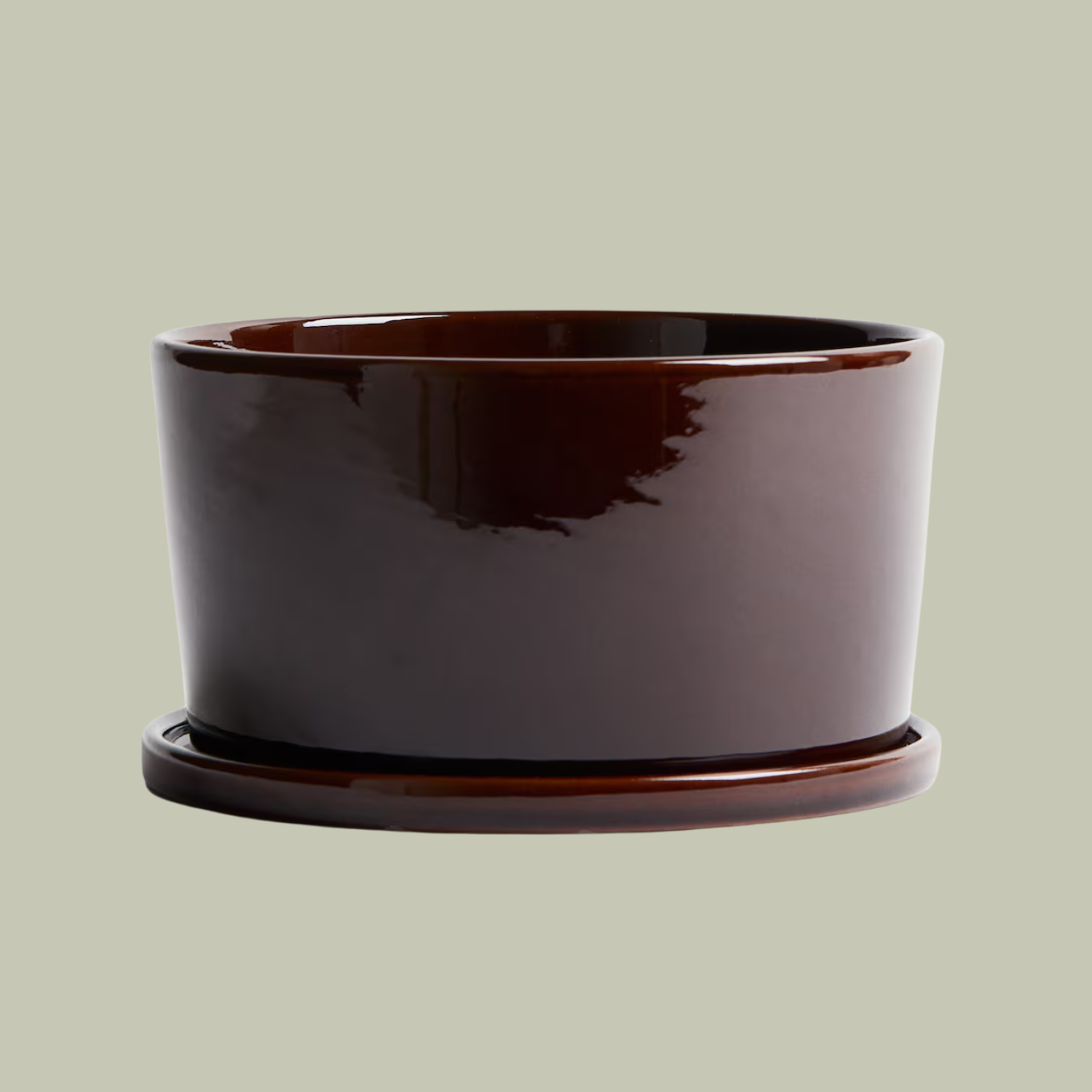Light Therapy but for Your Houseplants — Here's How to Keep Yours Happy As the Days Get Shorter and Darker
Your indoor garden needs just as much light in the winter, so when the sun is away, these luminescent reinforcements will come in handy


The lackluster skies in the winter don't just affect our mood; they have an impact on our indoor gardens, too. Your houseplants will not be too happy about the shorter days, which is why you'll need to call in some extra help with lighting.
And not just any odd lamp or sconce, but special light therapy for your plants. You might think this rule applies to divas alone. However, even the most popular houseplants might need a touch of artificial light to promote healthy growth through the winter.
Here's where indoor grow lights come into play. But first, let's better understand how light therapy works and its many benefits.
What Is Light Therapy for Houseplants?

"Light therapy for houseplants is designed to aid plant growth and promote the process of photosynthesis in the absence of natural light," says Sandi Liang, of Dandi Plants on Palmstreet.
"Your plants can benefit from light therapy for expansion and healthy maturing throughout the cooler seasons. And you can utilize different colors of light to help your plants through different phases."
For instance, she explains that blue light is directly related to chlorophyll production. And so, plants that receive plenty of blue light will have strong, healthy stems and leaves. In contrast, she points out that red light is responsible for making plants flower and produce fruit.
Either way, light therapy is a key consideration for light-loving houseplants in your home. Neglecting their need for adequate amounts of light is one of the most common winter houseplant care mistakes that you're better off avoiding.
The Livingetc newsletters are your inside source for what’s shaping interiors now - and what’s next. Discover trend forecasts, smart style ideas, and curated shopping inspiration that brings design to life. Subscribe today and stay ahead of the curve.
This LED 360° Gooseneck Grow Light from Amazon features a 4.2 rating and is prized for its adjustable height, brightness levels, and varied light finishes. Plus, it's easy to maneuver amongst delicate plants.
Sandi Liang is a houseplant and gardening expert at Dandi Plant on Palmstreet, a revolutionary marketplace app for indoor gardeners and plant lovers.
What Are the Benefits of Light Therapy for Houseplants?

Tammy Sons, founder at TN Nursery, tells me that many houseplants struggle in low-light conditions, particularly in winter, when the days are short. In such cases, she finds that light therapy is a great option for houseplants.
"Grow lights for houseplants are artificial light sources that emit the wavelengths and intensity of light that houseplants require to grow indoors," she explains. "Through add-on grow lights, you can mimic natural sunlight used for photosynthesis."
She says that this simple addition to her indoor garden has proven to be strong and efficient in helping her houseplants have sturdy stems, healthy leaves, and consistent growth, even in the darkest part of winter.
Your low-light plants for shorter days might not need it as much, but the cultivars in your collection that love bathing in the sun will be pleased and energized to receive some extra light at this time.
I found this Mcbazel Plant Growing Light on Amazon that doubles as a sleek accessory for your garden. With a silver stem and a white halo, it won't distract or detract from your style.
Tammy Sons is a seasoned plant expert and the CEO of TN Nursery, a family-owned business in Altamont, Tennessee, with roots dating back to 1959. Over the years, Tammy has expanded TN Nursery from a modest operation into a thriving enterprise, now encompassing nearly 400 acres of availability from other growers and her own farm and employing numerous local residents.
How to Administer Light Therapy to Your Indoor Garden

According to Sandi, light therapy is used effectively for houseplants by grouping them under an LED lamp. "But a regular lamp or LED light won't help your indoor plants grow," she warns. "Your indoor garden will require specialized light for photosynthesis and optimal growth."
Tammy recommends investing in full-spectrum LED grow lights made for houseplants. "The light should be about 12 to 18 inches above the plant and on for about 12 to 14 hours each day," she advises.
"I lower or raise the light as my plants grow, taking care not to burn leaves. Light therapy is my indoor spring, where the seedlings sprout under that light. It keeps my winter houseplants alive and thriving until the sun returns."
If you're not quite ready to buy a lamp just for your plants, then these Briignite Grow Light Bulbs from Amazon are a clever way to repurpose your old floor lamps in your plant corner.
Stylish Wintry Planters for Your Home

Color: Gray
This Elizabeth Flower Pot from Bergs Potter is perfect if your interior design style is raw and industrial.
FAQs
Can Plants Get Too Much LED Light?
Yes, there is such a thing as too much LED light for houseplants, even in the winter. Similar to sun exposure, it's important to limit the amount of light your plants are getting based on their individual needs for healthy growth.
While your plants are low on light, they will also experience cooler temperatures at the end of the year. So if you're interested in adding to your garden, cold-tolerant indoor plants are the move for less to worry over.

Amiya is a Home Wellness Writer at Livingetc. She recently graduated with a Masters Degree in Magazine Journalism from City, University of London, and has lent her words to beauty, fashion, and health sections of lifestyle publications including Harper’s Bazaar and Women’s Health. Her experience as a research analyst has equipped her with an eye for emerging trends. When she’s off the clock, she can be found reading, listening to music, or overanalyzing her latest Co-Star update.

